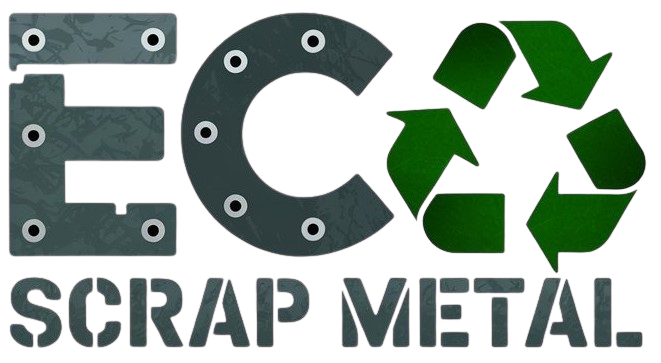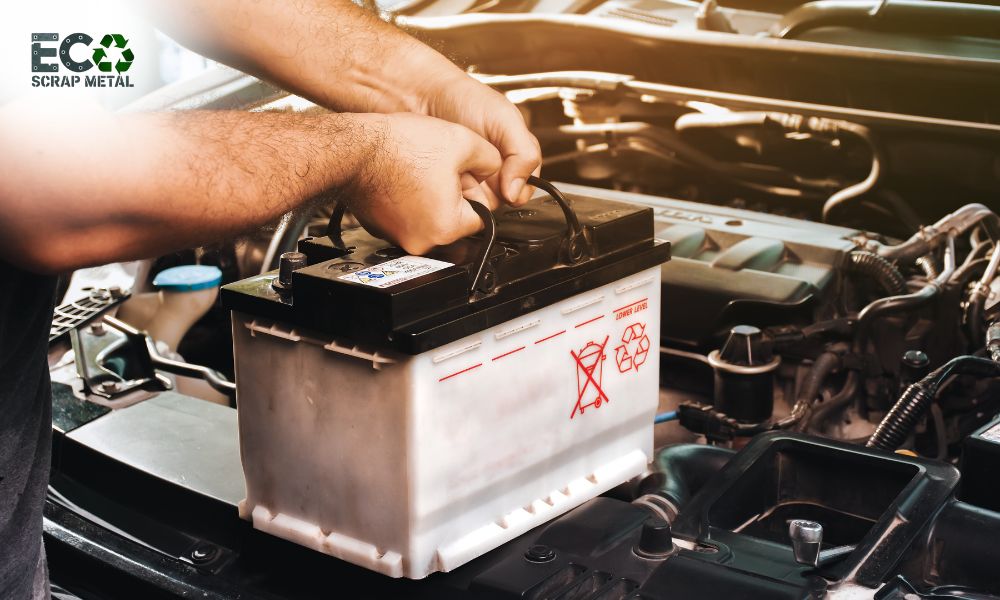The Ultimate Guide to Lead Battery Scrap
Lead battery scrap is one of the most commonly traded and valuable forms of scrap metal in the industry today. Found in a wide range of everyday equipment—from cars to backup power systems—these batteries often outlive their original use but still contain materials that hold significant value. Knowing how to identify, handle, and sell lead battery scrap can be beneficial for individuals, businesses, and anyone looking to responsibly dispose of used batteries while generating some income in the process.
This comprehensive guide provides essential information about lead battery scrap, including what it is, how to assess its value, proper handling methods, and the most effective ways to sell it.
Understanding Lead Battery Scrap
Lead battery scrap refers primarily to used lead-acid batteries, which are no longer suitable for their intended application but still contain valuable lead components. These batteries are typically encased in plastic and contain lead plates immersed in an electrolyte solution, usually sulfuric acid.
They are commonly found in vehicles, heavy equipment, and backup power systems. Despite being considered waste once depleted, the internal components—especially the lead content—retain considerable market value. For those in the business of collecting or selling scrap, lead batteries present a dependable and profitable material.
Common Types of Lead Battery Scrap
Lead-acid batteries are used across several industries, which means they come in various forms. Recognising different battery types helps identify potential sources of lead scrap.
- Automotive Batteries: These are the most widespread and include car, truck, and motorcycle batteries. They are relatively small but contain enough lead to make them worthwhile for scrap.
- Industrial Forklift Batteries: These are larger and used in warehouses or factories to power electric forklifts. Due to their size, they typically contain more lead and offer higher scrap value.
- UPS (Uninterruptible Power Supply) Batteries: Found in data centres, hospitals, and offices, UPS systems use lead-acid batteries to provide temporary backup power during outages. They are often overlooked as a scrap source.
- Marine Batteries: Boats and marine vessels use deep-cycle lead-acid batteries, which are built to handle long discharges. These are also valuable once they are no longer functional.
- Golf Cart Batteries: Frequently used in recreational and commercial transportation, these batteries resemble marine types and are another valid source of lead scrap.
How to Identify Lead Battery Scrap
Correct identification is key to ensuring that a battery is indeed lead-based and eligible for scrap. Not all batteries contain lead, and some may have limited or no scrap value.
- Weight and Density: Lead batteries are heavy due to the dense lead plates inside. A small battery that feels unusually heavy is likely to be lead-acid based.
- Labelling and Markings: Most lead-acid batteries are marked with “Pb” (the chemical symbol for lead), along with labels such as “Lead-Acid,” “LA Battery,” or voltage and capacity ratings. These are indicators of lead content.
- Shape and Design: Lead-acid batteries typically have a hard plastic exterior, two metal terminals, and sometimes visible vent caps. Their boxy shape is also a distinguishing feature.
- Usage Context: If the battery is removed from a vehicle, industrial equipment, or a power backup system, it is likely to be a lead-acid type.
- Terminal Types and Size: Larger terminals, especially those bolted down rather than clipped, suggest a heavy-duty lead-acid battery used in commercial applications.
Factors That Affect the Value of Lead Battery Scrap
The value of lead battery scrap can fluctuate, and several variables influence what buyers are willing to pay. Knowing these factors helps sellers make more informed decisions.
- Lead Content: The percentage of lead within the battery is the primary driver of its value. Batteries with higher lead content command better prices due to the purity and volume of recoverable metal.
- Battery Type and Size: Larger industrial batteries typically contain more lead and are thus worth more than smaller automotive units. The specific type can make a significant difference in the payout.
- Market Demand for Lead: Like all commodities, lead prices are subject to market fluctuations. Global supply and demand, geopolitical conditions, and manufacturing trends all influence the going rate.
- Battery Condition: Whole, undamaged batteries tend to fetch a higher price than cracked or leaking ones. Damaged batteries may require additional handling or may be considered hazardous.
- Quantity Being Sold: Selling in larger quantities often unlocks better rates. Bulk sellers, such as businesses with regular battery turnover, may benefit from special pricing tiers.
Safe Handling and Storage of Lead Battery Scrap
Due to their chemical contents and weight, lead-acid batteries should be handled with care. Proper safety measures reduce risk and ensure compliance with local guidelines.
- Wear Personal Protective Equipment (PPE): Gloves, safety glasses, and long sleeves help protect against acid exposure. Even old batteries may leak if handled improperly.
- Store in a Well-Ventilated Area: Lead-acid batteries can emit fumes, especially if damaged. Keeping them in a ventilated and shaded space reduces risk.
- Keep Batteries Upright: Positioning batteries upright helps prevent leaks. Even small spills can cause damage or injury if left unattended.
- Avoid Mixing Battery Types: Different battery chemistries should not be stored together. Keeping lead-acid batteries separate avoids chemical reactions and simplifies sorting later.
- Use Non-Metallic Pallets or Trays: Storing batteries on plastic or wood pallets prevents accidental short-circuiting and contains any leakage that may occur.
Common Misconceptions About Lead Battery Scrap
There are several misunderstandings about battery scrap that can prevent people from taking full advantage of its value. Clarifying these myths helps create better awareness.
- Not All Batteries Are Valuable: Only batteries with significant lead content are profitable. Lithium, nickel, or alkaline types may not offer any scrap value at standard yards.
- Battery Disposal Is Not Free of Risk: Tossing batteries into general waste bins is hazardous and often illegal. Proper disposal channels must be used to avoid fines or contamination.
- Anyone Can Sell Lead Battery Scrap: One does not need to be a business or dealership to sell scrap batteries. Individuals are legally allowed to sell used batteries to authorised scrap metal buyers.
- Scrap Buyers Follow Standard Pricing: While market rates set a general benchmark, prices vary by buyer. It is important to compare quotes and ask for pricing details.
- Damaged Batteries Have No Value: Even broken batteries may still contain lead that can be salvaged. However, they may be subject to a reduced price or special handling fees.
Conclusion
Lead battery scrap presents a steady and often underutilised opportunity for generating income from used materials. Understanding what qualifies as lead battery scrap, how to handle it safely, and where to sell it makes the process more efficient and profitable. Whether managing a large business or clearing out a personal garage, identifying and selling lead battery scrap can be a valuable part of waste management and metal recovery strategies.
By following the insights in this guide, individuals and companies alike can make informed decisions and ensure they are getting the best return for their used batteries.

